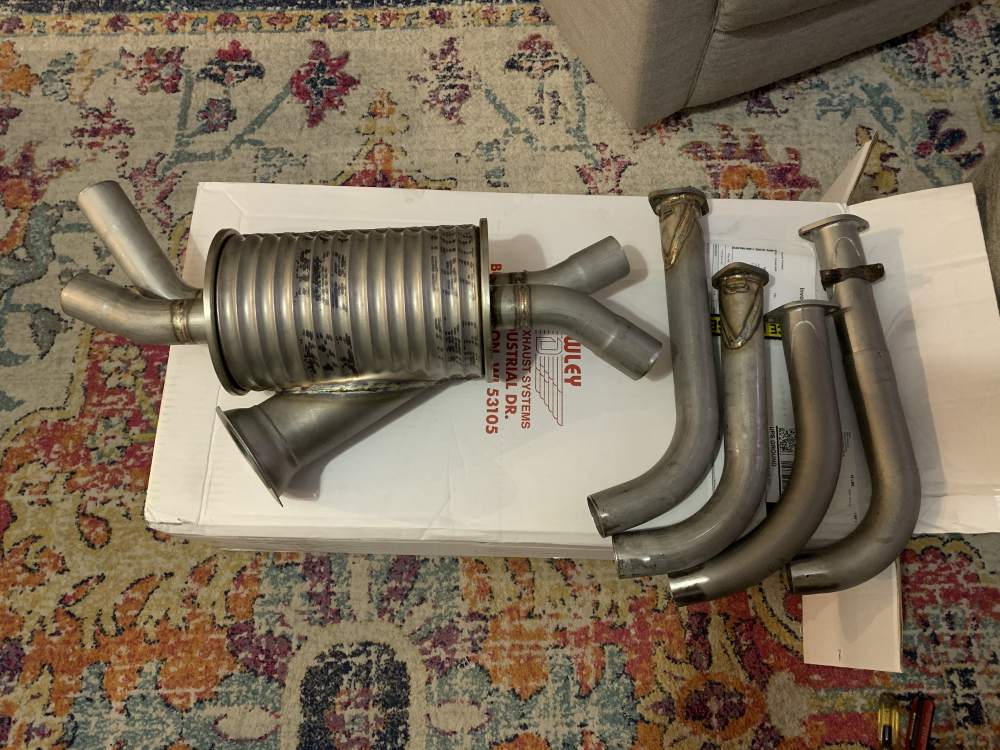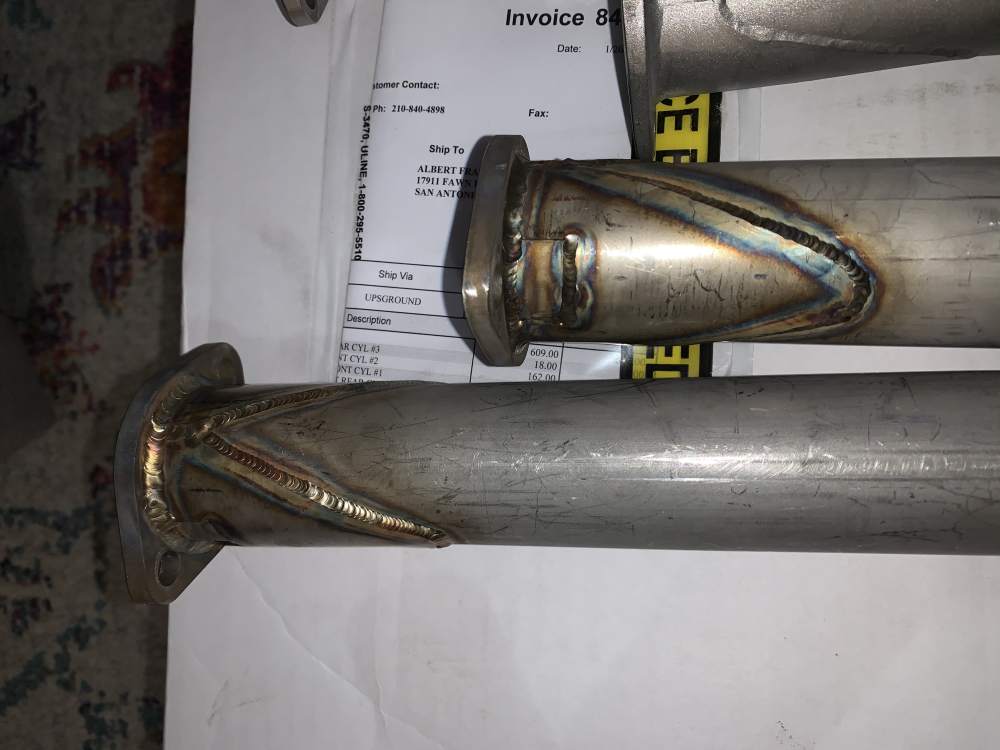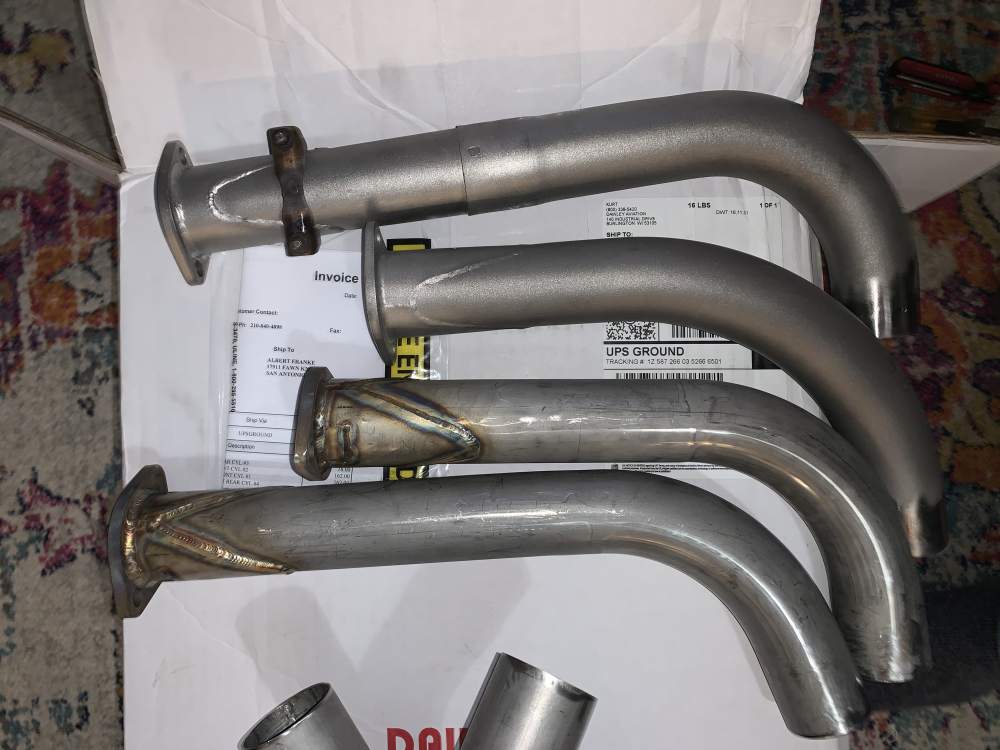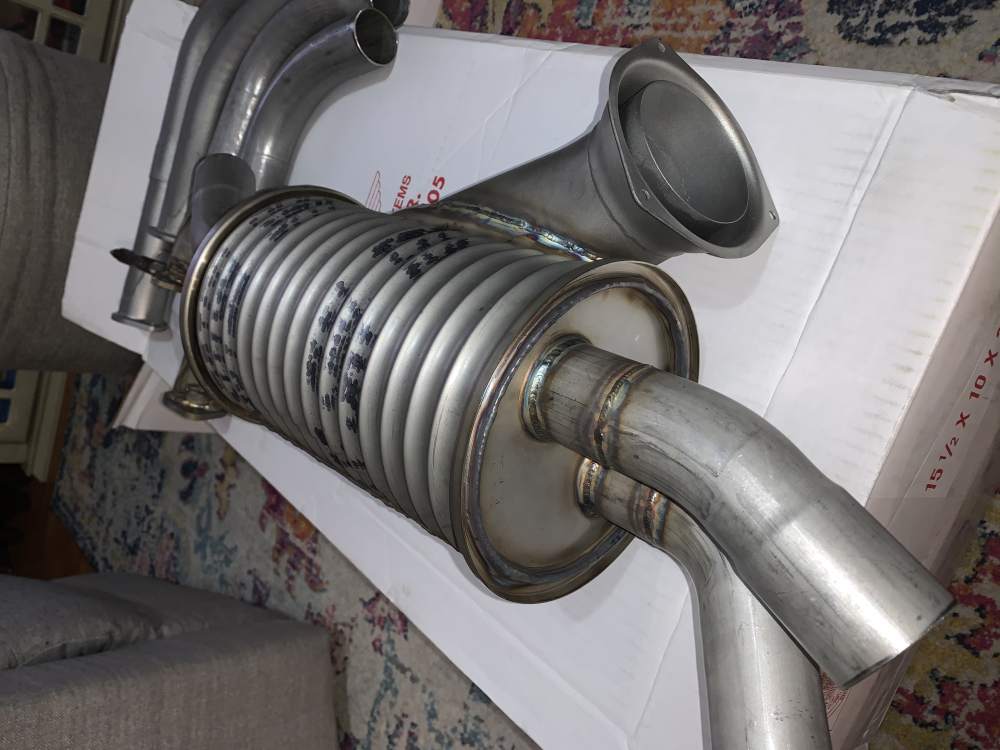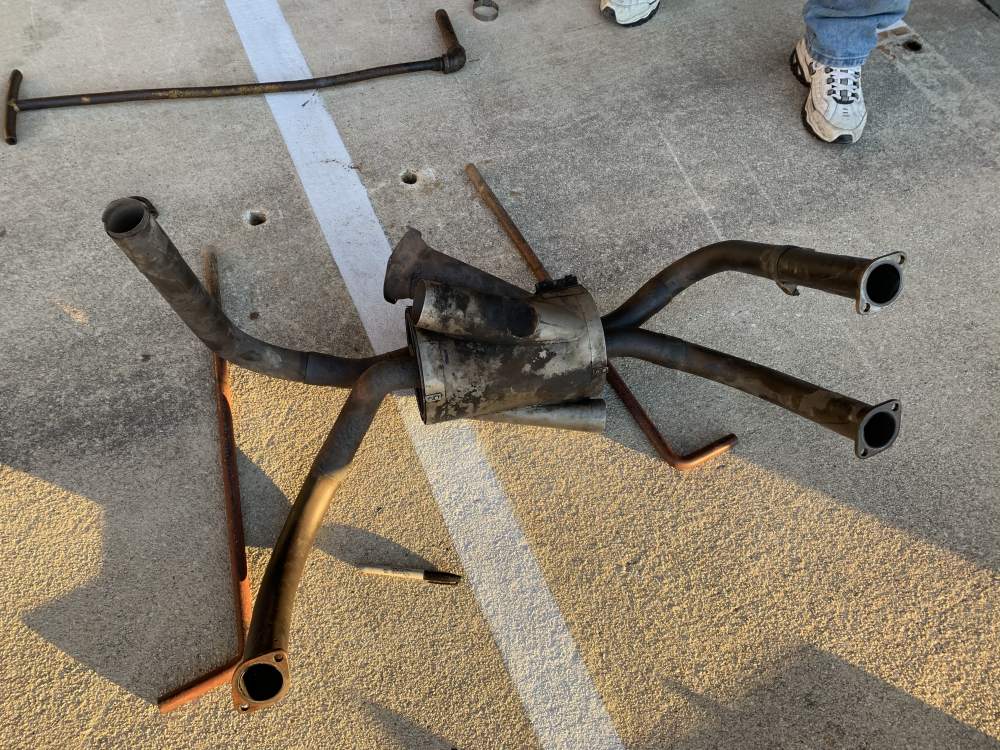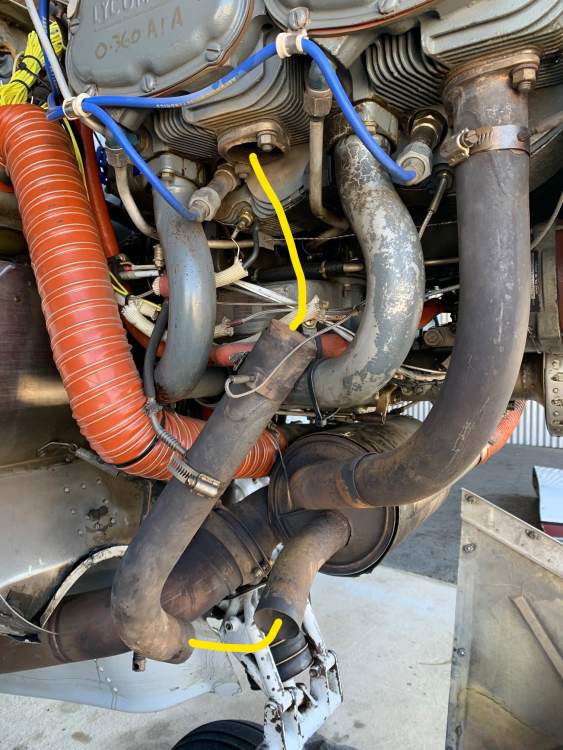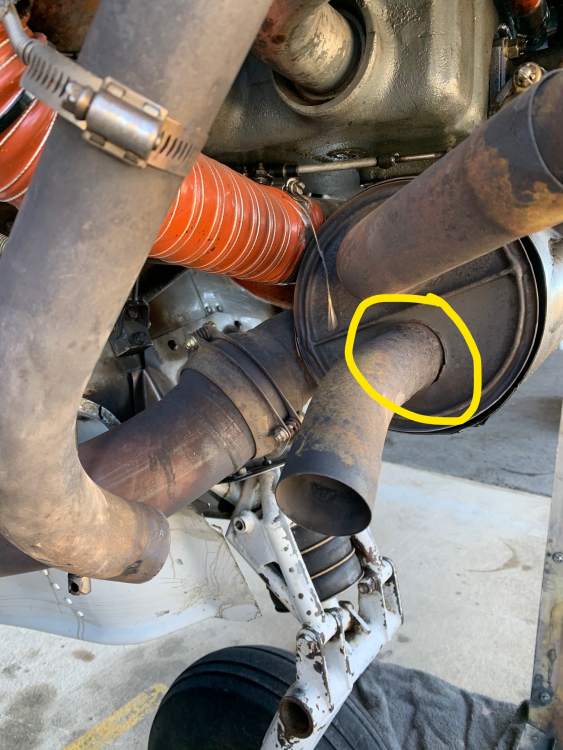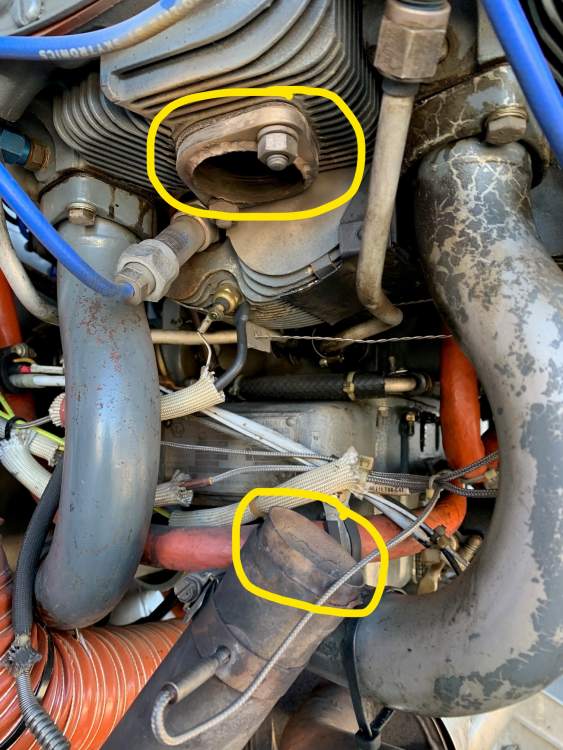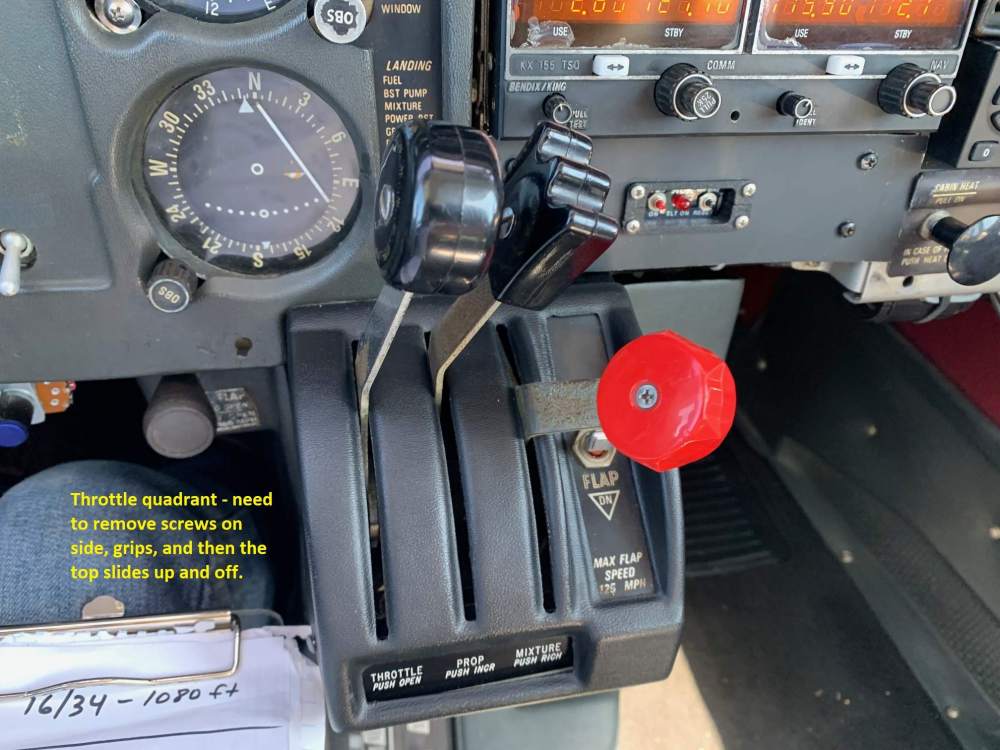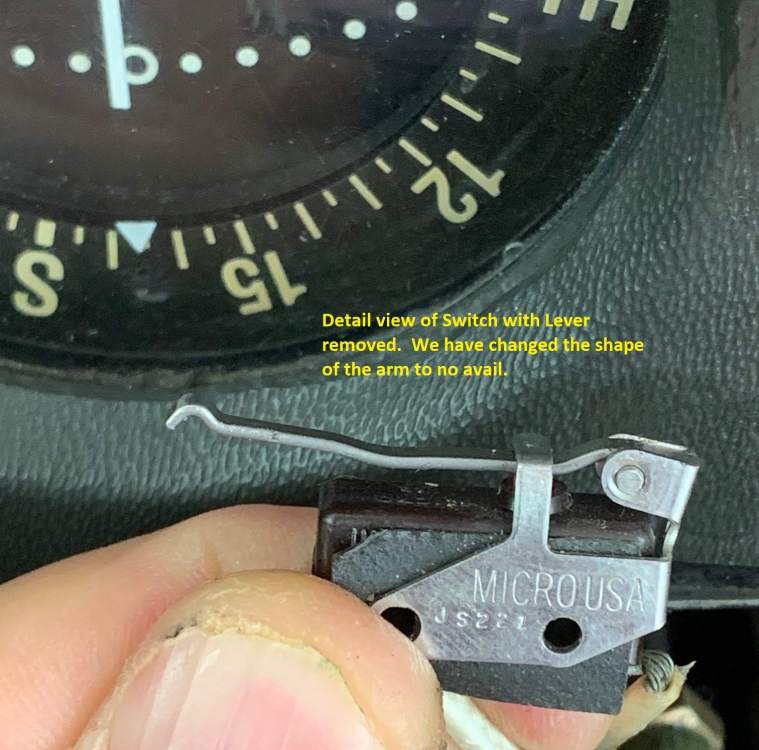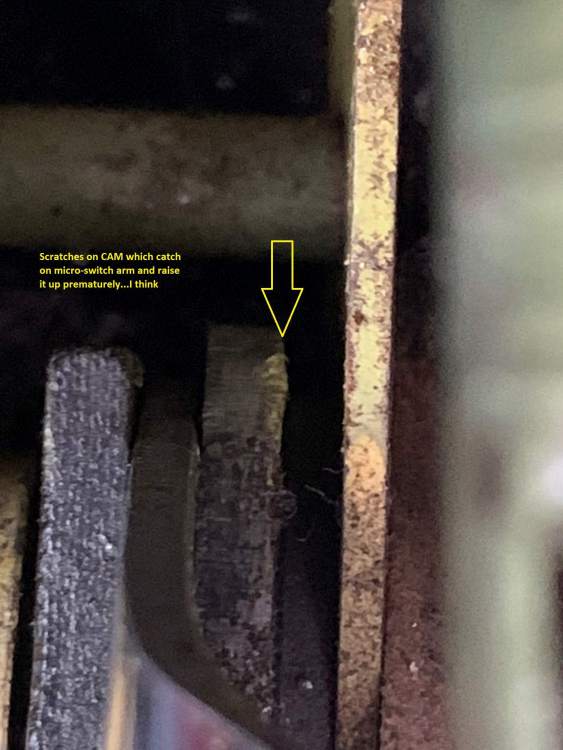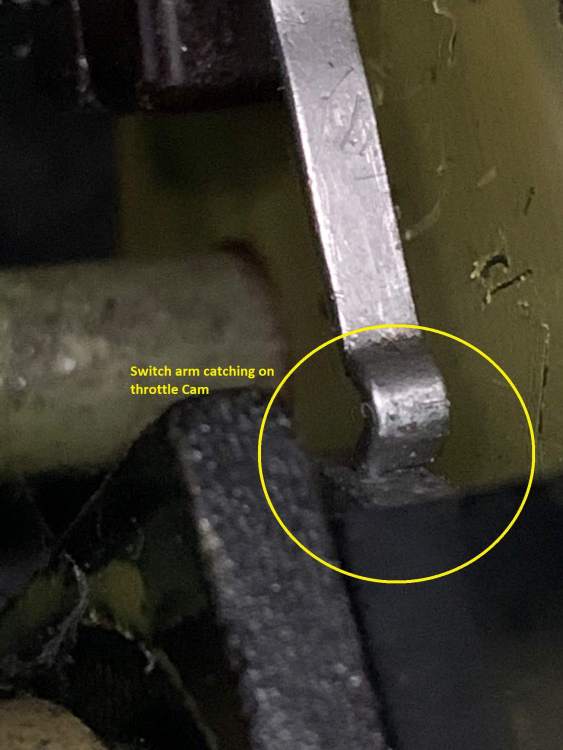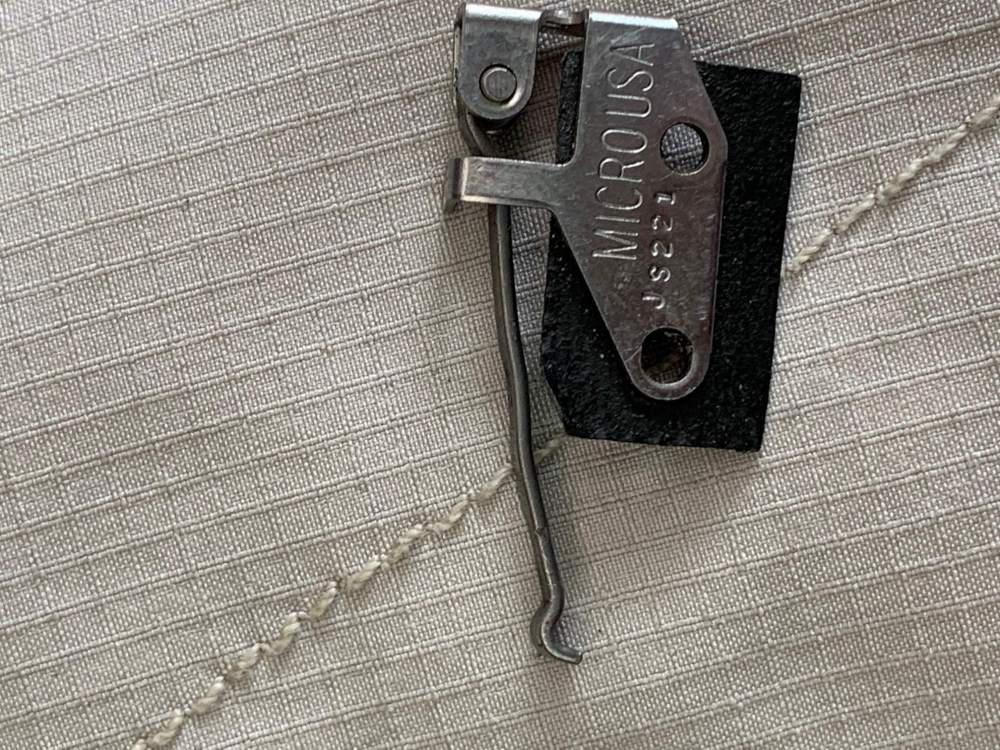
AlbertF
Basic Member-
Posts
21 -
Joined
-
Last visited
Profile Information
-
Gender
Male
-
Location
San Antonio, TX 1T8
-
Reg #
N7114V
-
Model
M20F
Recent Profile Visitors
The recent visitors block is disabled and is not being shown to other users.
AlbertF's Achievements
-
Thanks for the points. I’ll try MAF sensor cleaner. Small amount of oil if still sticking.
-
We’ve had this issue increasing in severity over the last year with the fuel gauges sticking and needing a thump after turning on the master. We have to tap and ever so harder over the months to get them to respond. During annual, our mechanic said there is nothing he could do as all the connections are good. I opened up the cluster and see that the needles are very delicate and need to be gently tapped to respond after the master is on. Attached is a close up of the mechanism. Anyone had this issue? I’m thinking of using a cotton swab with alcohol to clean at the pivot points. Should I also use a lubricant? The parts are very delicate so I don’t want to damage anything, but I also don’t want to have to tap hard on the gauges every time I fly. Thoughts on how to remedy?
-
Well talked to Dawley and they are closing. Received our refurbished muffler and down pipes today. Might be the last one they do.
-
Just to keep everyone up to date, we removed the exhaust and sent it off to Dawley. Our mechanic looked at the damage and surmised the #3 pipe broke at the muffler first and after several hours of stress and vibration, finally broke at the cylinder flange. Hopefully Dawley can simply weld it all back together.
-
Thanks all. Good comments to help inform my discussion with my mechanic.
-
So send the muffler (and broken exhaust pipe) to Dawley and they'll repair and return. I'm not familiar with Dawley, but I'm assuming they are at the top of your list. I'll look them up and hopefully my mechanic has the same suggestion. Thank you.
-
This just happened at the end of a local flight. #3 cylinder exhaust pipe broke at engine and fell apart inside cowl. I havent talked to my mechanic about it yet (just found it today...Sunday), but wanted to get some initial thoughts from the experienced. 1. Top Pipe: Does this require a new exhaust pipe or can a new flange be welded? If it failed once, first thought is better new. Any thoughts on where to buy a new pipe? I'm a fan of quality parts with non-dealer prices. 2. Muffler: The pipe that comes out of the muffler that connects to this pipe now rotates freely at the muffler (yellow circle). Is it supposed to rotate or is it broken at the muffler as well? Again, is this a part that can be repaired with welding? I suppose I would need an entire new muffler if the #3 cylinder pipe connection is supposed to be welded and cant be repaired. 3. Thoughts on welding (if possible) versus replacing new? If I did need to replace muffler, any experience on quality parts and good prices new or used? Thanks, Albert
-
1974 M20F STEC 30 Autopilot "Drag"
AlbertF replied to AlbertF's topic in Vintage Mooneys (pre-J models)
Now that I know the names of the parts and researched this, it looks like the servo clutch is the culprit. Nothing I can lubricate. Ill talk to my mechanic about inspecting and removing it for repair. In the meantime, I'll test the circuit breaker and see if the feeling is the same as disconnecting the AP. I've read people have had problems with the STEC AP servo still engaging even with AP off, until the CB is pulled. Don't need that kind of nonsense happening! Thanks for the input. Just read the last post about exercising the clutch. You mean during the ground test, as the yoke goes left or right, use a little opposite force? There should be a limit which it wont fight anymore...I read somewhere about 30-35 pounds of resistance should get the AP to release. Can I ruin anything with this kind of test? -
I recently noticed a recurring issue after switching my STEC 30 autopilot off, I'll feel a slight catch or drag on the ailerons. I can turn through the light drag and feel a "release" of this drag off the ailerons. My impression is when the AP is turned off, a component is still slightly engaged on the aileron system. Again, only slightly with a very small amount of pressure I can feel a hardly perceptible release. Is this potentially a lubrication issue or adjustment of the AP system? Does anyone know what mechanism the AP uses to operate the ailerons and would this be considered a safety of flight issue? Annual is in 3 months and I'd like to have this resolved at that time as it feels like a very minor issue. But, I'd like to have an idea of what the issue might be. Thank you.
-
1970s Model Throttle Quadrant Issue
AlbertF replied to AlbertF's topic in Vintage Mooneys (pre-J models)
I’m not familiar with the IPC, but I don’t think orientation is the issue. The switch works perfectly, it just comes on way too early. If it was reversed, full throttle would keep the switch disengaged which would keep the horn ON. The lever appears too short to keep pressure from the throttle engaged long enough to bring the throttle to say 14 inches. I got it to work by extending the lever with a weld, but I don’t think that should be the fix. Thanks though! -
1970s Model Throttle Quadrant Issue
AlbertF replied to AlbertF's topic in Vintage Mooneys (pre-J models)
Definitely a possibility. If someone has a picture of a working one, that should be readily apparent! Thanks! -
1970s Model Throttle Quadrant Issue
AlbertF replied to AlbertF's topic in Vintage Mooneys (pre-J models)
Well, no takers on pictures. Oh well. I lengthened the lever and tucked it down under the throttle shaft Cam and it works now. I had to pull back the cam until I heard the small click indicating the lever had released the switch. Tightened it down at that point and now my horn comes on at 14" manifold pressure...just perfect. Still interested in pictures if anyone is ever inside their throttle quadrant. -
1970s Model Throttle Quadrant Issue
AlbertF replied to AlbertF's topic in Vintage Mooneys (pre-J models)
Hi Hank. No, those posts are for the push / pull controls. There is no slot. It is a lever that is depressed by the throttle lever until it is pulled away from the lever with sufficient room to release the switch. This is specific to the throttle quadrant and I’m curious how others look compared with mine. Thank you. -
I have a 1974 M20F, but my post applies to any model around this time that used a throttle quadrant instead of push pull controls. Can anyone help me with either a picture of the inside of your throttle quadrant (showing the micro-switch and lever that rest on the throttle arm) OR details on how their arm operates from working this same issue? My issue started after my annual where my mechanic fixed our gear warning that had been disabled by a previous owner. In reconnecting the system, we find that the warning horn comes on at about 22-21 inches manifold (thus why the previous owner disabled it). I've attached detailed photos of the switch and arm that rest against a Cam connected to the bottom of the throttle arm. My mechanic and I have bent, adjusted, pulled, pushed, etc, on both the Cam and switch arm and it appears to not have the correct length to keep the switch closed for as long as is needed. The arm is released at about 22 inches, no matter where the Cam adjustment is made. See my photos. Can some kind person send me pictures of their switch and arm and see if mine looks different? Or, have you dealt with this issue? Anything else I could be missing? switch engaging throttle.MOV
-
1974 F-model Gear Warning Throttle Adjustment
AlbertF replied to AlbertF's topic in Vintage Mooneys (pre-J models)
Thanks for all the help. I pulled it out yesterday (under supervision) and found the switch (a Micro USA JS-220 by the way) is the correct micro-switch arm length. It looks a little worn from messing with it up and down, but I straightened it out. What I did notice after playing with it 50 times is the cam has scratches on it which catches on the end of the switch arm. I wonder if this is an issue because even with lube (as Freemasm suggested) it would catch. I'll ask my A&P to file those down and lube it up and see if I get different action.





